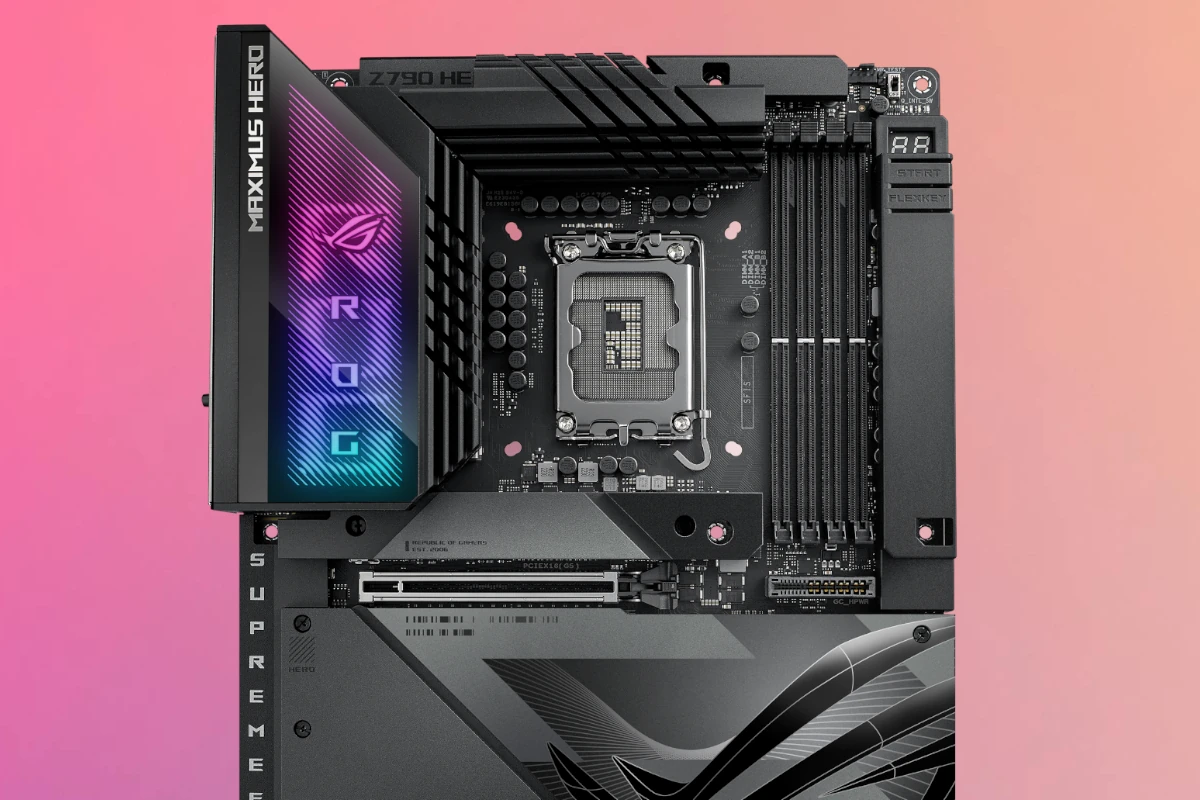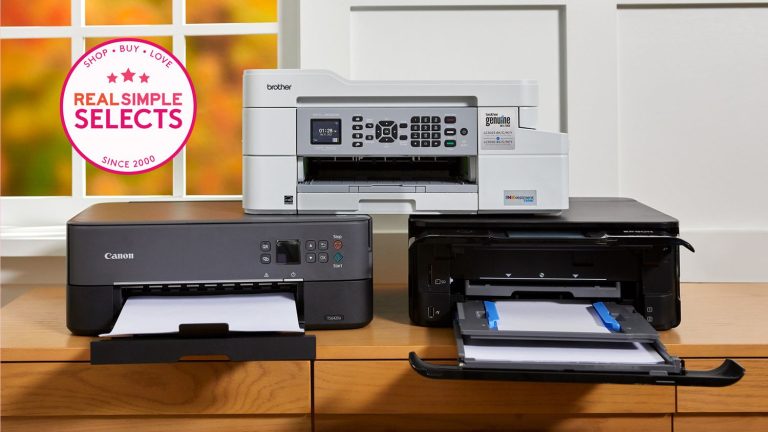9 Best Motherboards 2024: Top Picks for Gaming, Overclocking, and Performance
Choosing the right motherboard can make or break your PC build. Whether you’re a hardcore gamer, a creative professional, or just looking to upgrade your rig, the motherboard is the backbone of your system. It determines what kind of processor you can use, how much RAM you can install, and what kind of storage options are available.
With so many options out there, finding the perfect motherboard can be overwhelming. That’s why we’ve done the research for you. In this article, you’ll discover the 9 best motherboards that offer the perfect balance of performance, features, and price. Get ready to elevate your PC experience to the next level.
1. Understand Motherboard Sizes
Choosing the right motherboard size is crucial for your PC build. Here’s an overview of the most common sizes:
ATX Motherboards
ATX motherboards are the standard size, measuring 12 x 9.6 inches. They typically offer more expansion slots and better cooling options. Ideal for gamers and professionals, ATX boards support multiple GPUs and extensive RAM, making them perfect for high-performance builds.
Micro-ATX Motherboards
Micro-ATX motherboards, at 9.6 x 9.6 inches, are slightly smaller than ATX boards. They balance expandability and size, often featuring enough PCIe slots for moderate gaming and productivity tasks. Micro-ATX is versatile, fitting inside both mid-tower and some mini-tower cases.
Mini-ITX Motherboards
Mini-ITX motherboards are compact, measuring 6.7 x 6.7 inches. They’re designed for small form factor builds, offering fewer expansion slots. Ideal for home theater PCs and compact gaming systems, Mini-ITX boards prioritize space efficiency without sacrificing essential features.
Understanding these motherboard sizes helps you select the right one for your needs, ensuring compatibility with your case and meeting your performance requirements.
2. Consider the CPU Compatibility
Choosing a motherboard without checking CPU compatibility can lead to costly mistakes. Make sure your motherboard supports your processor to avoid any issues.
Intel-Compatible Motherboards
Selecting a motherboard for an Intel CPU means looking at the socket type and chipset. Intel CPUs use different sockets, with the most common being LGA 1200 for 10th and 11th Gen processors. Confirm that the board you pick supports the latest socket type. High-end users should consider Z series chipsets like Z590, which support overclocking and multiple PCIe lanes. For budget builds, B series chipsets like B560 offer a balance of features and price.
AMD-Compatible Motherboards
AMD motherboards need to match the AM4 socket for Ryzen processors. From budget options like A320 to advanced chipsets like X570, ensure the board aligns with your needs. For overclocking or high-performance builds, X chipsets provide expanded capabilities, while B550 motherboards are excellent for mainstream use, supporting PCIe 4.0 and future-proofing your system. Remember, some older chipsets may need BIOS updates to support newer CPUs.
3. Check RAM Support and Expansion
Ensuring your motherboard supports your RAM needs is crucial for optimal performance. Evaluate the following aspects:
RAM Slots and Maximum Support
Verify the number of RAM slots on the motherboard. More slots offer better flexibility. Common configurations include 2, 4, or 8 slots. Check the maximum RAM capacity as well. For example, mid-range motherboards might support up to 64GB, while high-end ones can handle 128GB or more. Ensure it meets your current and future needs.
RAM Speed Compatibility
Confirm the motherboard’s supported RAM speeds. Faster RAM improves performance, especially in gaming and high-performance tasks. Look for specifications like DDR4-3200 or DDR4-3600. Ensure it supports the speeds of the RAM modules you plan to use. Higher-end motherboards often support higher RAM speeds and overclocking capabilities, enhancing performance further.
4. Analyze GPU Compatibility and Expansion Slots
For optimal performance, it’s crucial to choose a motherboard that supports your GPU and offers ample expansion options. Here’s what you need to know:
Number of GPU Slots
Ensure the motherboard has enough PCIe slots to support your graphics cards. If you plan to use multiple GPUs, look for boards with at least two or three PCIe x16 slots. Brands like ASUS and MSI often provide robust multi-GPU options, essential for gaming or video editing.
PCI Express Versions
Check the PCIe version compatibility of your motherboard and GPU. Modern GPUs perform best with PCIe 4.0 slots, offering double the bandwidth of PCIe 3.0. For future-proofing your system, opt for motherboards that support PCIe 5.0, widely available in high-end models from manufacturers like Gigabyte and ASRock.
Selecting the right motherboard with the correct GPU compatibility and expansion slots ensures your PC meets performance expectations and supports future upgrades seamlessly.
5. Look at Storage Options and Interfaces
Ensuring your motherboard has the right storage options and interfaces is crucial for speed and expandability.
SATA Connections
Check the number of SATA connections. Most motherboards offer at least four. These allow you to connect HDDs and SSDs. Choose models with SATA III (6 Gb/s) for the best performance. Keep in mind the number of drives you plan to use.
NVMe and M.2 Support
Look for NVMe and M.2 support. NVMe slots provide faster speeds than SATA. An M.2 slot supports both NVMe and SATA M.2 drives. Ensure your motherboard has multiple M.2 slots if you need high-speed storage for boot drives and game installations.
6. Examine Onboard Features and Connectivity
When choosing a motherboard, it’s crucial to assess its onboard features and connectivity options to ensure it meets your requirements.
USB Ports and Headers
Look for motherboards with ample USB ports and headers. Check for a mix of USB 3.2 Gen 2 and USB-C ports for faster data transfer speeds. Ensure enough USB headers for front-panel connections of your PC case. More ports and headers can support a wider range of peripherals, like printers and external storage devices.
Audio and Ethernet Ports
Consider the quality and specifications of the onboard audio and Ethernet ports. Opt for motherboards with high-definition audio codecs for better sound quality, especially if you use your PC for gaming or media consumption. For Ethernet, look for gigabit or 2.5G LAN options to ensure fast and reliable internet connectivity. Some high-end motherboards also offer Wi-Fi 6 capability, enhancing wireless performance.
7. Evaluate BIOS and Overclocking Features
Understanding the BIOS and overclocking features of a motherboard is crucial for maximizing performance and system stability.
UEFI BIOS
Ensure the motherboard offers a user-friendly UEFI BIOS. You’ll want an intuitive interface to navigate settings effortlessly. Look for features like mouse support, easy-to-read menus, and customizable profiles. This way, tweaking settings such as boot order, fan control, and system monitoring becomes a breeze.
Overclocking Support and Tools
Check the motherboard’s overclocking capabilities. Strong overclocking support usually includes robust power delivery systems and high-quality capacitors. Make sure it offers practical tools like automatic overclocking software and customizable voltage controls. These features are essential for squeezing extra performance out of your CPU and RAM without compromising stability.
8. Research the Durability and Build Quality
Determining a motherboard’s durability and build quality is vital for ensuring long-term reliability. Paying attention to material and manufacturing quality, along with warranty and customer reviews, can help you make an informed decision.
Material and Manufacturing Quality
Check the quality of components used in the motherboard. Look for premium materials like capacitors and chokes with high-temperature tolerance. Verify that the boards have multiple PCB layers for better heat dissipation and structural integrity. Assess whether the manufacturer employs stringent quality control throughout the production process, as seen in brands like ASUS and MSI.
Warranty and Customer Reviews
Review the warranty offered by the manufacturer. Reliable brands often provide a minimum of a 3-year warranty, sometimes extending to 5 years. This can be a good indicator of their confidence in the product’s longevity. Investigate customer reviews on platforms like Amazon and Newegg to gauge real-world performance and durability. Positive feedback on these forums can reinforce your trust in the product, while recurrent issues or low ratings can be red flags.
By evaluating these factors, you can ensure your chosen motherboard will stand the test of time, maintaining system stability and performance under various conditions.
9. Explore Additional Features and Software
Modern motherboards come packed with extra features and software that enhance your PC experience. These can range from visual upgrades to essential utilities.
RGB Lighting and Control
RGB lighting adds a splash of color to your setup, making it uniquely yours. Look for motherboards with customizable RGB headers and support for popular control software like ASUS Aura Sync, MSI Mystic Light, or Gigabyte RGB Fusion. These tools let you sync lighting across your components, creating stunning effects.
Included Software and Drivers
Motherboards often ship with valuable software and drivers to optimize performance. Tools like overclocking utilities, fan control software, and network optimization programs can significantly enhance system efficiency. Ensure you check for bundled software that supports BIOS updates and provides diagnostic tools for monitoring system health.
Conclusion
Choosing the right motherboard is crucial for building a high-performance PC that meets your needs. By considering factors like processor compatibility, RAM capacity, and storage options, you can ensure a seamless build process. Don’t overlook the importance of onboard features and connectivity options like USB ports, high-definition audio, and Wi-Fi 6 capability.
Evaluating BIOS and overclocking features, such as UEFI BIOS and customizable profiles, can significantly enhance your system’s performance. Modern motherboards offer additional features like RGB lighting and control software, which add both functionality and aesthetic appeal. Included software and drivers further optimize your system, providing tools for overclocking, fan control, and network optimization.
Ultimately, the best motherboard for you will depend on your specific needs and preferences. By carefully assessing each of these aspects, you can make an informed decision and build a PC that delivers exceptional performance and reliability.






